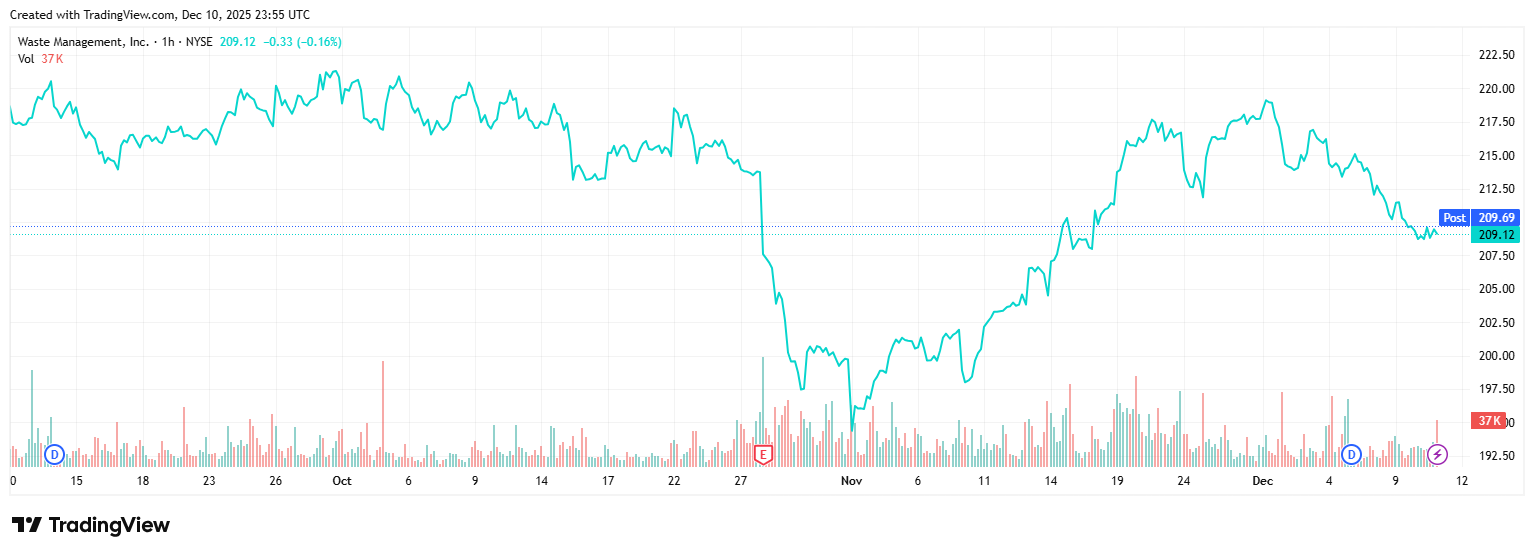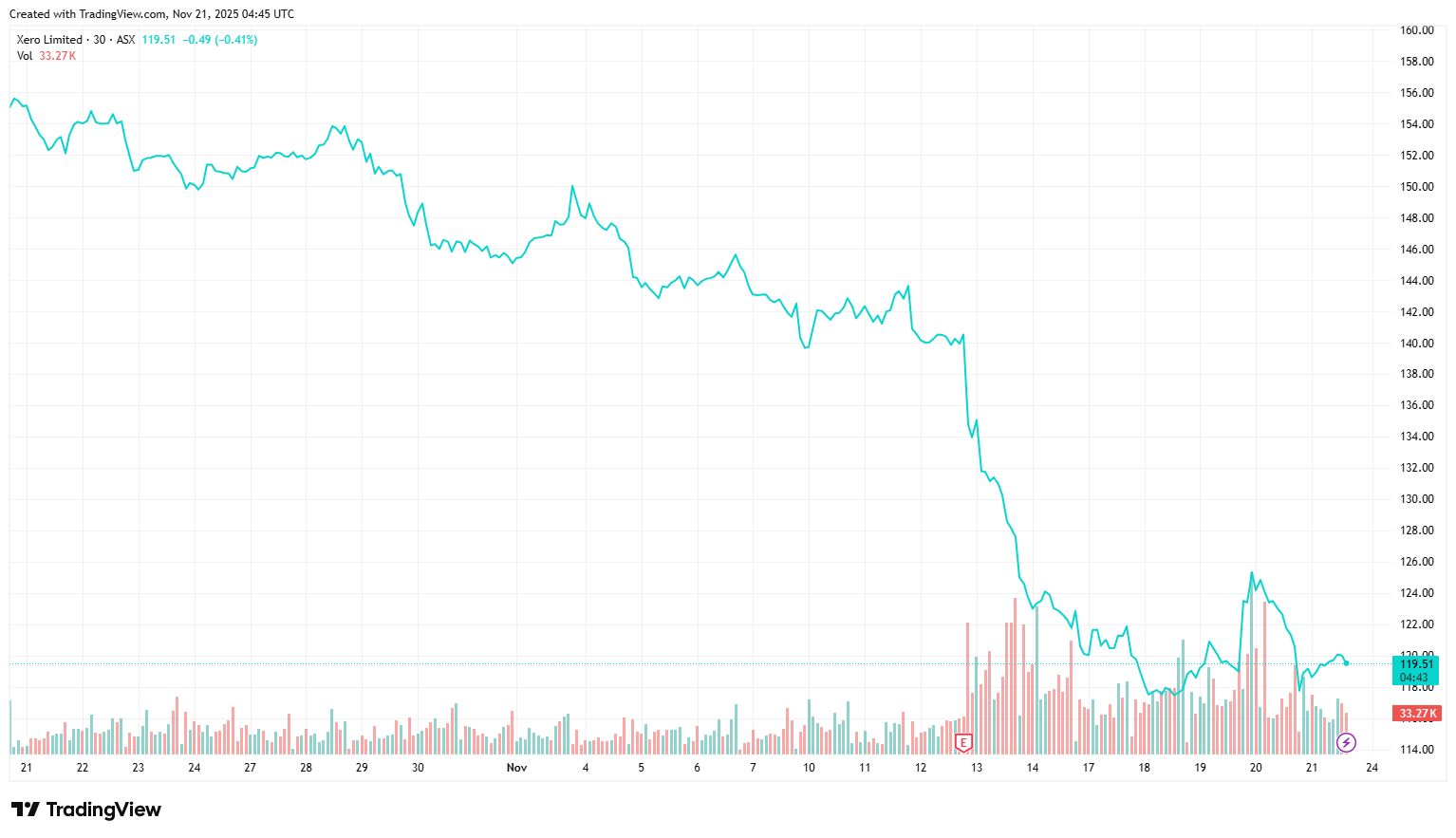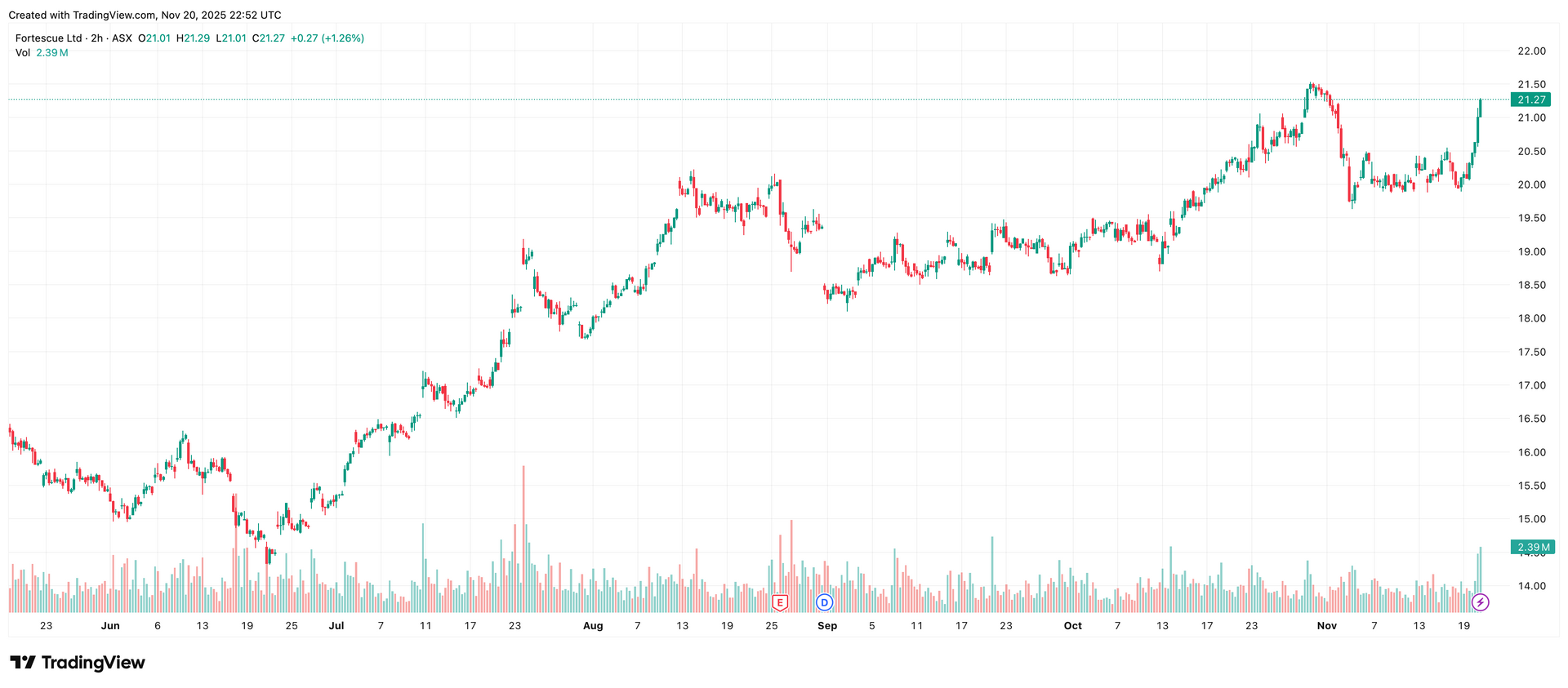How Can You Begin Investing with $10,000 or Less?
Welcome to the world of investing with $10,000 or less! In this guide, we're diving into the exciting journey of building wealth and securing your financial future, even with a modest budget. While investing might seem a bit daunting, fear not! With the right approach and guidance, you can make your money work for you.
When you're working with $10,000 or less, every dollar truly counts. It's vital to make informed decisions and maximise growth potential while effectively managing risk. Throughout this article, we'll explore tailored strategies and options specifically designed for Aussies with limited funds, empowering you to take those all-important initial steps towards financial independence.
From uncovering low-risk investment opportunities in Australia to diversifying your portfolio and staying abreast of market trends, we've got you covered. Whether you're just dipping your toes into the investment waters or you're a seasoned pro, this guide is crafted to provide you with valuable insights and practical advice to kickstart your investment journey.
So, let's embark on this adventure together and discover the best way to invest $10,000 in Australia. Your financial future starts right now!

Investing with $10,000 or Less
Advantages and Challenges of Starting Small
Embarking on your investment journey with a modest sum presents both advantages and challenges. While starting small encourages discipline and strategic thinking from the outset, it also necessitates careful risk management to maximize returns. With limited funds, every investment decision becomes significant, requiring thorough research and prudent allocation.
Potential for Growth and Building Wealth
Despite the constraints of a smaller budget, there exists significant potential for growth and wealth accumulation through astute investing. Each dollar invested has the power to compound over time, amplifying returns and laying the groundwork for financial security. By making informed decisions and staying committed to your investment strategy, you can harness the power of compounding to steadily grow your portfolio.
Importance of Setting Clear Investment Goals
Clear investment goals serve as the cornerstone of your financial journey, providing direction and purpose to your investment decisions. Whether saving for retirement, a down payment on a home, or simply seeking to grow your wealth, defining your objectives helps prioritize investments and stay focused on long-term success.
Even with $10,000 or less, you hold the key to a brighter financial future. Stay disciplined, stay informed, and remain steadfast in pursuing your goals. Your investment journey begins now.
Exploring Low-Risk Investment Options
Where can I invest my money?
If you’re exploring how best to invest $10,000, the first place to look into are low-risk investment options.
Savings Accounts
Savings accounts are a reliable starting point for Australians with $10,000 or less to invest. They offer stability and accessibility, making them ideal for short-term goals or emergency funds. With the benefit of the Australian Government Guarantee, which protects deposits up to $250,000 per account holder per institution, savings accounts offer peace of mind. However, their downside lies in relatively low-interest rates, which may struggle to outpace inflation, potentially eroding purchasing power over time.
Bonds
Bonds are another low-risk option suitable for conservative Australian investors. They offer fixed interest payments over a specified period, providing predictable returns. Australian government bonds, corporate bonds, and municipal bonds are common types, each with varying levels of risk and return. While bonds offer higher yields than savings accounts, they are not without risk. Factors such as corporate bond default and interest rate fluctuations are essential considerations, especially in a changing economic landscape.
When considering low-risk investment options, weigh the benefits and limitations of each option against your financial goals and risk tolerance. It's essential to strike a balance between risk and reward that aligns with your investment objectives.
Diversifying Your Investment Portfolio
Embracing Diversification for Risk Management
Diversification is your shield against market volatility and uncertainty. It's crucial to spread your investments across various asset classes, industries, and geographical regions to reduce the impact of any single investment's performance on your overall portfolio. By diversifying, you can mitigate risk and enhance the potential for long-term growth.
Building a Diversified Investment Portfolio
With a $10,000 budget, strategic allocation is key to building a diversified portfolio. So where to invest? Start by identifying your investment goals, risk tolerance, and time horizon. Then, allocate your capital across different asset classes, such as:
- Australian and international equities
- Bonds and fixed-income securities
- Real estate investment trusts (REITs)
- Exchange-traded funds (ETFs) tracking broad market indices or specific sectors
Examples of Diversified Investment Vehicles
Consider investments like Vanguard Australian Shares Index ETF (VAS), iShares Global 100 ETF (IOO), Australian government bonds, and BetaShares Australia 200 ETF (A200). These options are easily some of the best investments under a $10,000 budget as they provide exposure to a range of asset classes, helping you achieve diversification.
Diversification is your key to resilience in the ever-changing investment landscape. By spreading your investments wisely, you can manage risk effectively and maximise your chances of long-term financial success.

The Best Ways to Invest $10,000
When investing $10,000, consider diverse strategies tailored to your financial goals and risk tolerance.
1. ETFs and Index Funds: Exchange-traded funds (ETFs) and index funds offer diversified exposure to various asset classes, such as stocks and bonds, with lower fees than actively managed funds. While they provide potential for steady returns and instant diversification, market fluctuations can affect performance.
2. Individual Stocks: Investing in individual stocks allows for targeted bets on specific companies. Potential returns can be significant, but the risk of volatility and loss is higher compared to diversified funds.
Each approach has its pros and cons. Consider your investment horizon, risk tolerance, and diversification needs when making decisions. Remember, no investment is risk-free, so thorough research and ongoing monitoring are essential. Consider joining Sharewise, the full-service share advisory firm, and unlock the tools and support you need to make confident investment decisions.
How to Get Started
Getting started with investing $10,000 or less is achievable with a clear plan. Here's a step-by-step guide on how to invest $10,000.
1. Set Clear Goals: Determine your financial objectives, whether it's saving for retirement, buying a house, or building wealth.
2. Open an Investment Account: Research and choose a reputable brokerage platform that suits your needs. Open an account, providing necessary personal information.
3. Select Suitable Investments: Consider your risk tolerance and investment goals when selecting assets. Options like ETFs, index funds, or individual stocks offer diverse choices.
4. Diversify Your Portfolio: Spread your investment across different asset classes to manage risk effectively.
5. Stay Informed: Keep up with market trends, economic news, and investment strategies through reputable sources. Utilize resources provided by your brokerage platform.
6. Monitor Your Investments: Regularly review your portfolio's performance and adjust as needed. Stay disciplined in your investment strategy, but be flexible to adapt to changing market conditions.
By following these steps and staying informed, you can
confidently begin your investment journey with $10,000 or less. Remember, patience and consistency are key to long-term success.

In summary, getting started with investing $10,000 or less involves:
- Assessing your financial situation and setting clear investment goals.
- Opening a brokerage account with a reputable online broker.
- Researching investment options such as stocks, bonds, and ETFs.
- Starting with low-cost, diversified investments that align with your goals.
- Monitoring and adjusting your portfolio regularly to maintain your desired risk level.
- Continuously educating yourself about financial markets and investment strategies.
Remember, starting with a small budget doesn't limit your potential for growth. By investing wisely and consistently, you can gradually grow your investments over time and work towards your financial goals.
Ready to take control of your financial future? Join Sharewise today and unlock the power of informed investing! Whether you're a seasoned investor or just starting out with $10,000 or less, Sharewise provides the tools and community support you need to make confident investment decisions.
Disclaimer: This article does not constitute financial advice nor a recommendation to invest in the securities listed. The information presented is intended to be of a factual nature only. Past performance is not a reliable indicator of future performance. As always, do your own research and consider seeking financial, legal and taxation advice before investing.
Subscribe to our newsletter
Disclaimer: This article does not constitute financial advice nor a recommendation to invest in the securities listed. The information presented is intended to be of a factual nature only. Past performance is not a reliable indicator of future performance. As always, do your own research and consider seeking financial, legal and taxation advice before investing.











